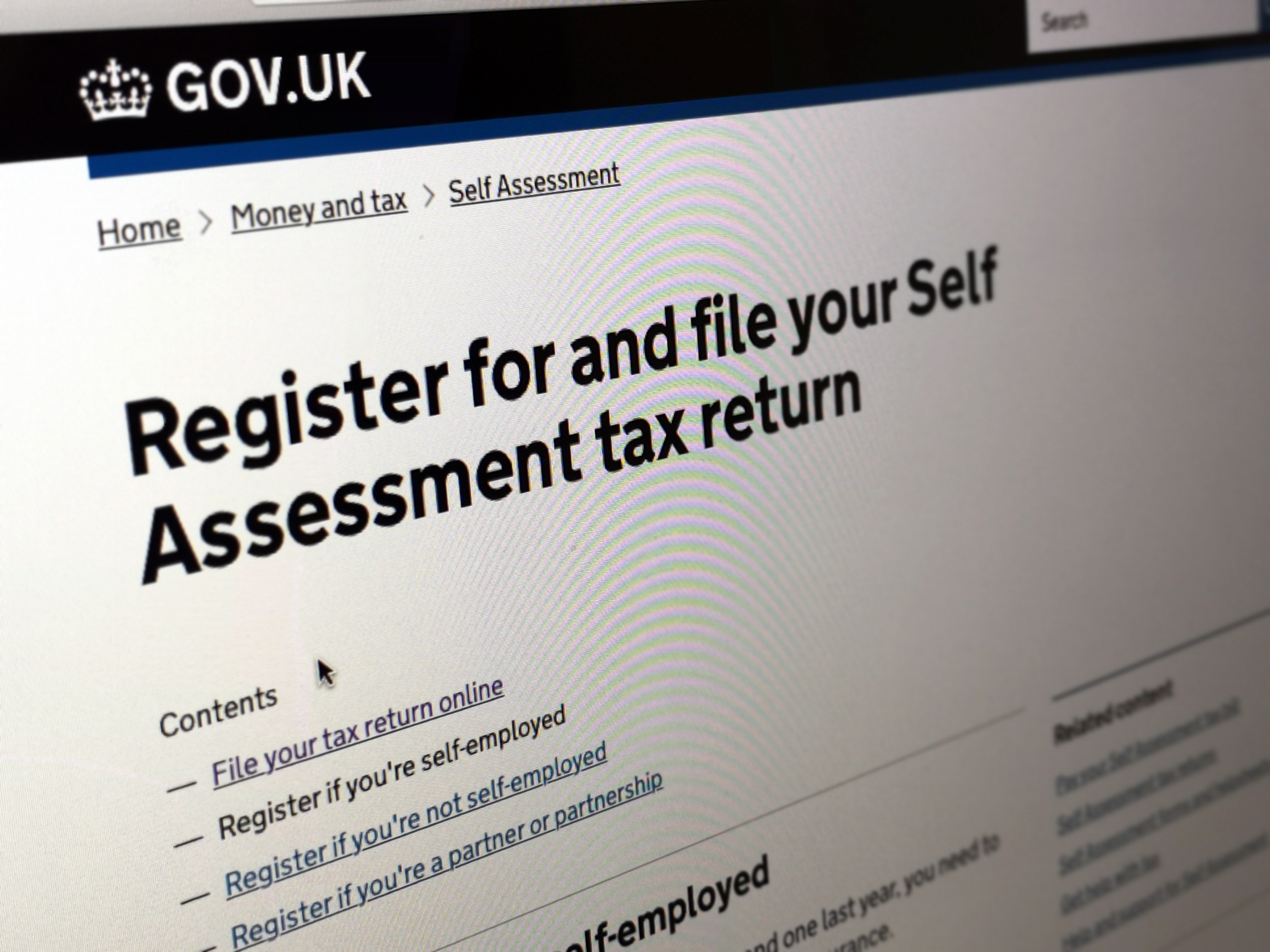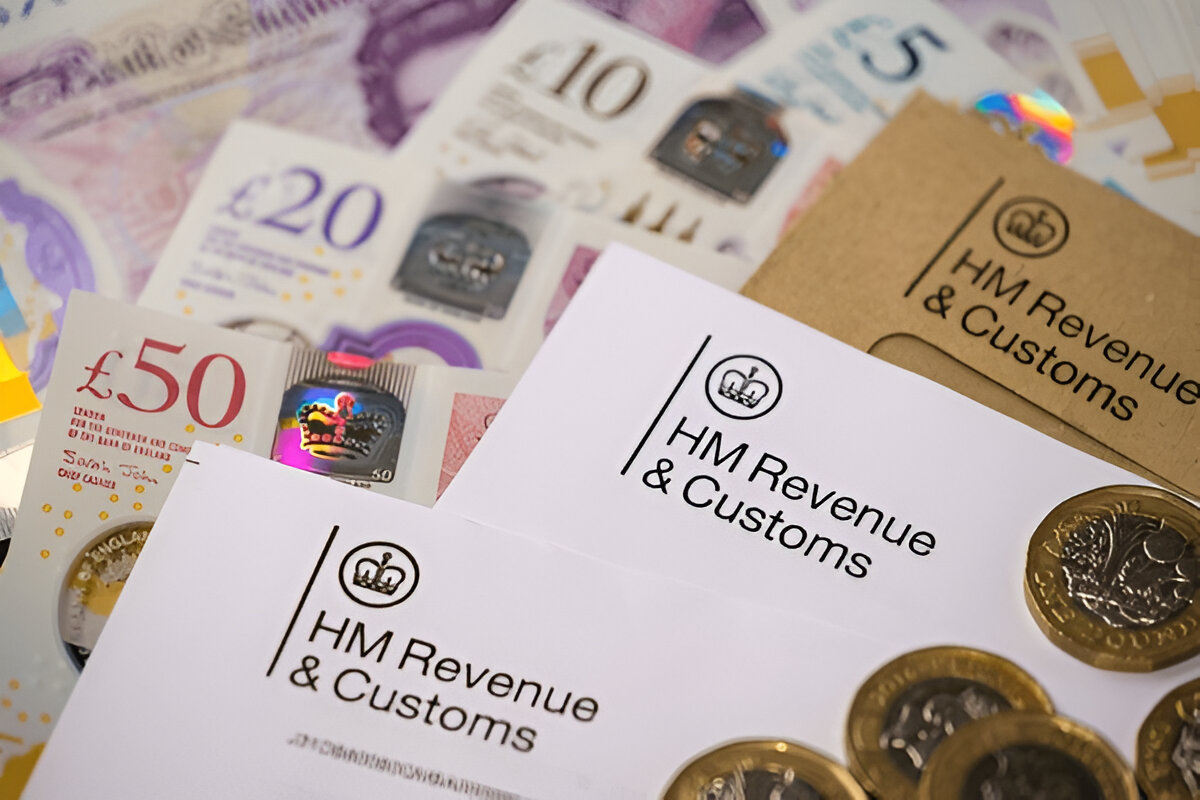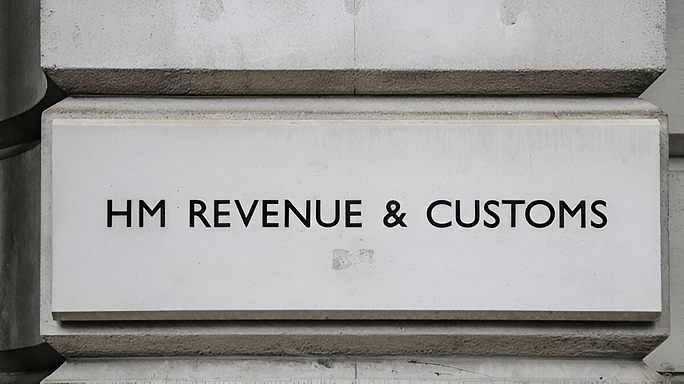
Submitting a Self-Assessment Tax Return for Someone Who Has Died
Losing a loved one is challenging, and handling their affairs afterward can feel overwhelming. Among the important tasks left behind is filing a self-assessment tax return if they had untaxed income. Though it’s not an easy step, it’s crucial to manage this responsibility.
At Cangaf Ltd., we have prepared a detailed guide on how to submit a tax return for a deceased person.
What is a Self-Assessment Tax Return?
Every UK resident must submit a self-assessment tax return or a declaration to HMRC for their untaxed earnings, expenditures, and other costs. The declared figures determine how much tax an individual owes to HMRC.
Key points to note:
- Self-employed individuals must submit one self-assessment tax return.
- Additional untaxed earnings also require a self-assessment.
- Multiple submissions may be necessary, such as when a person is both self-employed and a director of a limited company.
- Certain incomes, like interest from ISAs or other tax-free accounts, are excluded from self-assessment.
If a person who regularly submitted self-assessment tax returns or was about to begin the process passes away, a final self-assessment must be submitted on their behalf.
Now, let’s get started with the process of submitting a self-assessment tax return for a deceased person.
Submitting a Dead Person’s Self-Assessment Tax Return

Step 1: Inform HMRC about the Death
First, you must inform HMRC or the government about the person’s death as soon as possible. The government’s Tell Us Once Service helps you do this. This information is then passed on to all the relevant government agencies. If you do not use this service, you must contact HMRC directly. You can use their bereavement and deceased Helpline for assistance with tax matters.
HMRC will ask about certain details, such as the date of death, full address, and National Insurance (NI) number of the deceased person. You must also confirm the name and address of a person who can handle the deceased’s tax affairs.
The details that you will be required to furnish include –
- Full address and National Insurance (NI) number of the deceased.
- Details of the last employer, including company name and address.
- Information on their pension provider.
- The Unique Taxpayer Reference (UTR) Number (found on HMRC correspondence).
Once these details are provided to HMRC, they will confirm whether the tax return self-assessment is needed. If required, HMRC will send a paper tax return along with instructions on how to complete it.
Step 2: Complete the Paper Tax Return with Required Details
You must complete the tax return form on behalf of the deceased person. This will involve accessing their financial records, which may include the following information, depending on the individual’s circumstances:
- Rental income (based on bookkeeping accounts or records)
- Bank statements
- Dividend vouchers, if they were a company director
- Building society passbooks
- National Savings certificates and bonds or other savings schemes
- P60 or payslips if they were employed
- Pension details, whether from a private pension, personal pension scheme, or the State Pension
- Information on benefits in kind (as detailed on the P11D Form, which is used for reporting non-cash benefits)
If you have any questions or need assistance, HMRC’s Helpline or experienced tax advisors like Cangaf Ltd. are available to assist with locating and understanding the necessary information. You’ll also need to include details about the administration period, covering the time from the person’s death until the estate is fully settled.
Step 3: Reporting the Estate’s Administration Period
The administration period is the time between the person’s date of death and the estate’s settlement date. As an administrator or executor of the deceased’s estate, you must report details about this period to HMRC.
The size of the estate will discover the details you are required to provide to HMRC. During the administration period, any funds or money that come into the estate must also be included in the self-assessment tax return. This includes dividend income, rental payments from tenants, etc.
Covering the Administration Period in Self-Assessment of Tax Returns
If you’re required to submit a Self Assessment tax return for the administration period and any of the conditions below apply, be sure to complete the trust and estate section as well:
- The total tax owed for the administration period, including Income Tax and Capital Gains Tax, is over £10,000.
- In any tax year ending before 6th April 2016, administrators or executors sold estate assets amounting to more than £250,000.
- Over £500,000 was gained from the sale of estate assets by administrators or executors during the current tax year, which runs from 6th April to 5th April.
- The estate’s value at the time of death exceeded £2.5 million.
Submit a Self-Assessment Tax Return for a Deceased Person with Professional Accountants in the UK
Dealing with the tax affairs of a person who is no longer alive can be an overbearing task, emotionally and financially. However, there is no need to do all of this alone. You can contact us at Cangaf Ltd. and let us handle these difficult things on your behalf. Our professional accountants will guide and assist you through the entire process, ensuring that all tax bills of deceased persons are fully taken care of.
FAQs

Is registration required for self-assessment tax return for a deceased person?
You don’t need to register yourself for the self-assessment; however, you do need to register the deceased person’s estate for self-assessment, even if they were registered while alive. Upon registration, you’ll receive a Unique Taxpayer Reference (UTR) specifically for the estate. Note that this UTR is distinct from the deceased’s original UTR, ensuring there is no confusion.
When should the tax return of the deceased be submitted?
HMRC will notify you of the deadline for submitting the tax return, which will be specified in the letter accompanying the form.
Handling the self-assessment on your own can be challenging, so it’s often wise to seek support from professional accountants with expertise in this area, such as Cangaf Ltd.
Who is liable to pay the Self-Assessment Tax Bill of the Deceased person?
The deceased’s representative is responsible for paying the unpaid tax on behalf of the deceased. The representative handles the estate’s assets, so the estate pays the tax bill.
The payment goes to HMRC directly from the bank. However, if funds are insufficient or absent, the tax bill can be paid by loan or other financing means. All pending tax rebates will be part of the deceased’s estate.
How does the death of a spouse or civil partner affect my individual tax position?
In such a case, your individual tax position can change. The most typical example is that rentals earlier paid to the deceased will now be paid to the surviving partner. In such a case, your tax liabilities can increase. Non-taxpayers will need to start paying taxes because of an inheritance that generates income.
The HMRC will assess your new tax position and then confirm if you must submit your individual self-assessment tax returns. If you are required to do so, you will need to register for the tax returns before the deadline. You will get your unique UTR number, which will differ from the UTR number received for the estate.
Read this next!
Contact Details:
CANGAF Accountants
235 Tonge Moor Road, Bolton BL2 2HR
Email: info@cangafltd.com
Phone: 01204 859315
Let CANGAF Accountants manage your finances while you focus on excelling on the pitch.


